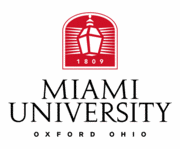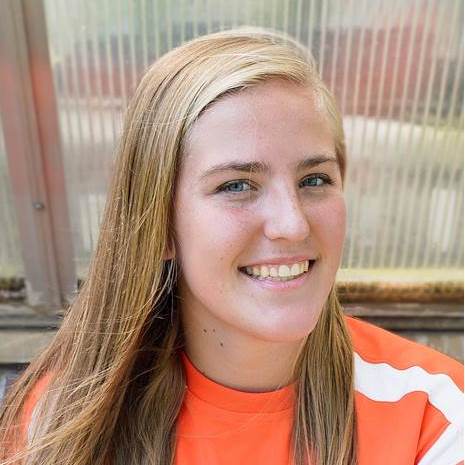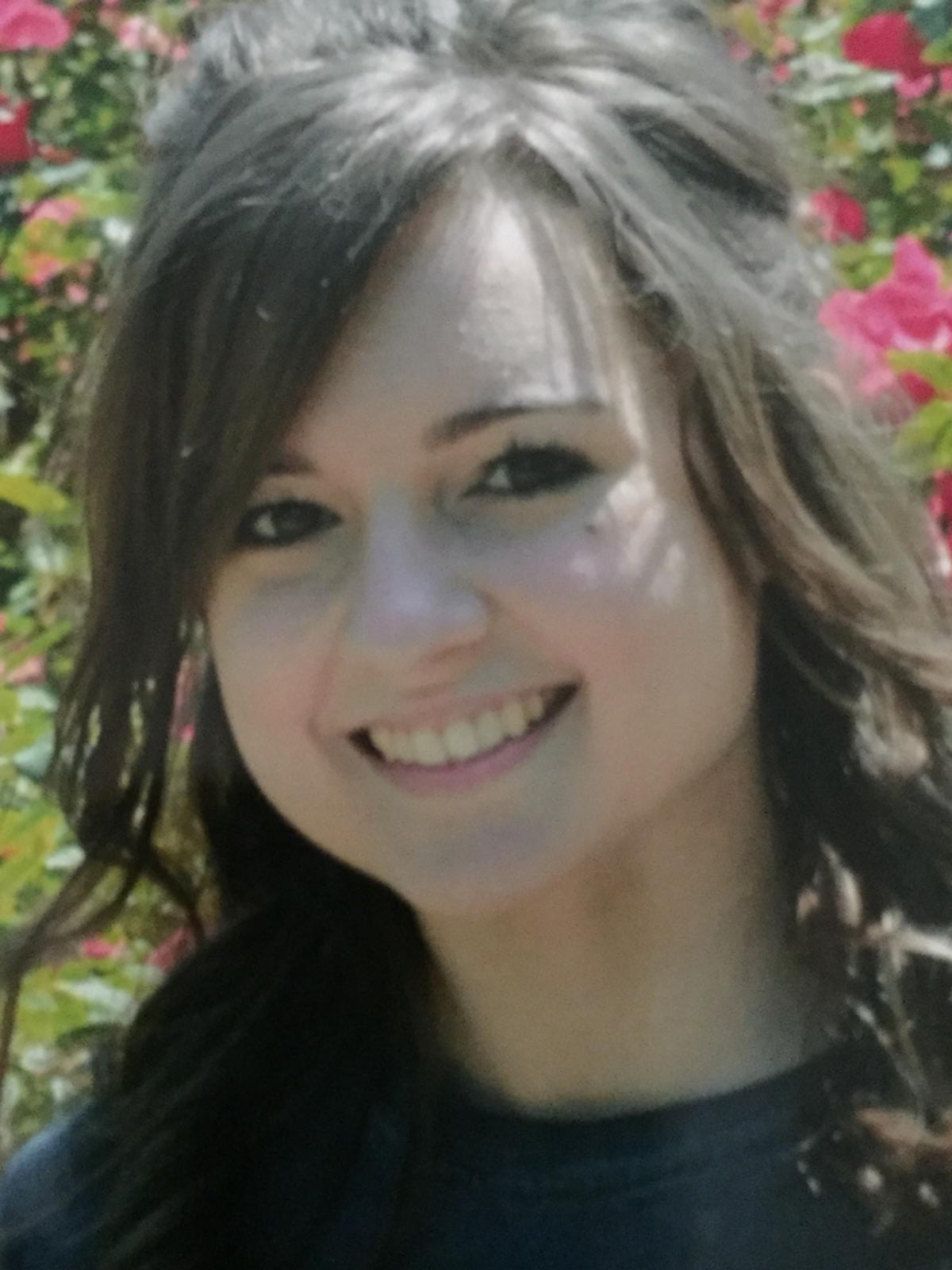Below is a summary of the abstract you submitted. Presenting author(s) is shown in bold.
If any changes need to be made, you can modify the abstract or change the authors.
You can also download a .docx version of this abstract.
If there are any problems, please email Dan at dar78@pitt.edu and he'll take care of them!
This abstract was last modified on May 5, 2017 at 10:06 a.m..

The output of the SEA-PHAGES program over the years has uncovered great diversity among cultured bacteriophages that infect Mycobacterium smegmatis. Genome sequence analysis of these bacteriophages reveals that most fall into one of 26 phylogenetic clusters. However, for a variety of reasons, some of these clusters are highly over-represented in the Actinobacteriophage Database, whereas representatives of other clusters are much less frequently encountered by SEA-PHAGES students. The development and application of techniques aimed at increasing phylogenetic diversity of bacteriophages during both the culturing and sequencing phases is likely to reduce this skew. Toward this end, the students in Miami University's MBI 223 and 224 courses in 2016-2017 isolated 19 bacteriophages capable of infecting this bacterium from soil samples and cultured them using standard techniques with some modifications aimed at increasing diversity. Culturing at 30°C by some students contributed to the purification of two bacteriophages from cluster C. Using the recently developed DNA sequencing protocol, Deconvolution of Genomes after En Masse Sequencing (DOGEMS), the SEA-PHAGES team and we selected three rarely encountered sequences from phylogenetic subclusters D1, N, and A12 from a mixture of the genomic DNA from 18 of the bacteriophages for analysis. Through polymerase chain reaction analysis of genomic DNA from individual bacteriophages, the D1 and N entries were identified as Erk16 and Silvafighter, both isolated on the campus of Miami University, whereas the A12 bacteriophage, which was missing some sequence information from the right end of the genome, was not unambiguously identified from the pool of bacteriophages discovered by the students. Annotation of the Erk16 revealed low diversity of gene content as compared with other subcluster D1 bacteriophages. The Silvafighter annotation highlighted somewhat more variant gene content within the N cluster. The incomplete subcluster A12 bacteriophage was the most distinct in terms of gene content. Despite the failure to identify the A12 bacteriophage, we affirm that together with modification of culture conditions, DOGEMS is a very effective means of selecting rare bacteriophages from a population.


